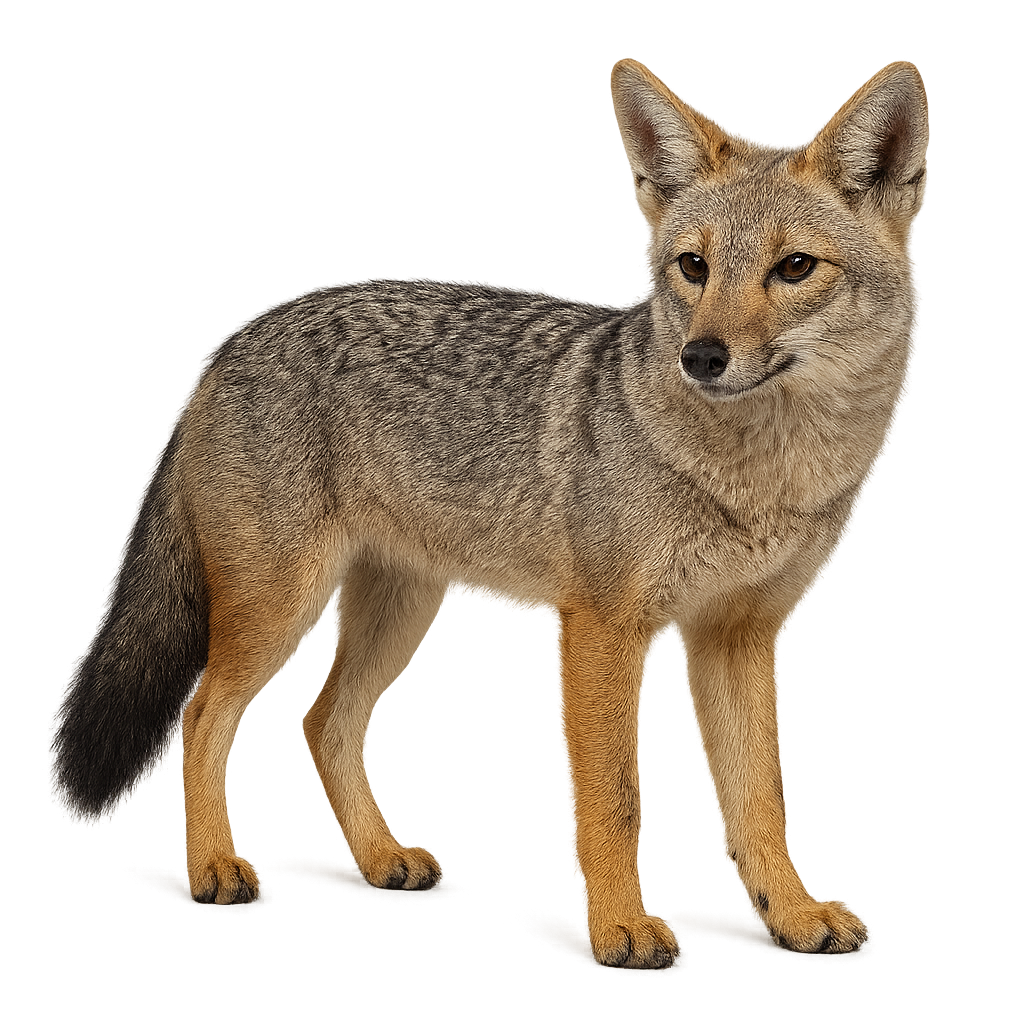Your wildlife photography guide.
Explore the south american gray fox in detail, study its behavior, prepare your shots.
Where to observe and photograph the south american gray fox in the wild
Learn where and when to spot the south american gray fox in the wild, how to identify the species based on distinctive features, and what natural environments it inhabits. The WildlifePhotographer app offers tailored photography tips that reflect the south american gray fox’s behavior, helping you capture better wildlife images. Explore the full species profile for key information including description, habitat, active periods, and approach techniques.
South American Gray Fox
Scientific name: Lycalopex grisea

IUCN Status: Least Concern
Family: CANIDAE
Group: Mammals
Sensitivity to human approach: Suspicious
Minimum approach distance: 10 m
Rut period: August to September
Gestation: 55-60 jours
Births: September to November
Habitat:
Steppes, temperate forests, grasslands
Activity period :
Active at dawn and dusk, ideal moments for observation.
Identification and description:
The South American Gray Fox, or Lycalopex grisea, is a medium-sized canid native to South America. It is characterized by its silvery-gray fur, pointed ears, and bushy tail. This fox is well adapted to various environments, from arid plains to temperate forests. It is omnivorous, feeding on small mammals, birds, insects, and fruits. Although often solitary, it can be seen in small family groups. Its ability to adapt to different habitats and diets makes it a resilient species. However, it is sometimes threatened by hunting and habitat loss.
Recommended lens:
400mm – adjust based on distance, desired framing (portrait or habitat), and approach conditions.
Photography tips:
To photograph the South American Gray Fox, it is advisable to use a 400mm or longer telephoto lens to capture detailed images without disturbing the animal. Look for it at dawn or dusk when it is most active. Be patient and discreet, using neutral-colored clothing to blend into the environment. A tripod can be helpful to stabilize your camera in low-light conditions.
The WildlifePhotographer App is coming soon!
Be the first to explore the best nature spots, track rutting seasons, log your observations, and observe more wildlife.
Already 1 432 wildlife lovers subscribed worldwide

